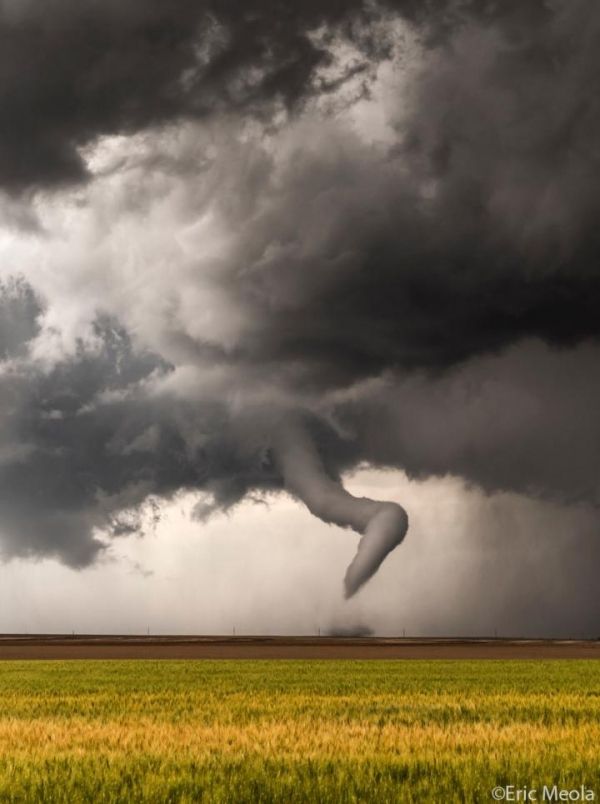In this year of extreme weather events — from devastating West Coast wildfires to tropical Atlantic storms that have exhausted the alphabet — scientists and members of the public are asking when these extreme events can be scientifically linked to climate change.
Dale Durran, a professor of atmospheric sciences at the University of Washington, argues that climate science need to approach this question in a way similar to how weather forecasters issue warnings for hazardous weather.
In a new paper, published in the October issue of the Bulletin of the American Meteorological Society, he draws on the weather forecasting community’s experience in predicting extreme weather events such as tornadoes, flash floods, high winds and winter storms. If forecasters send out a mistaken alert too often, people will start to ignore them. If they don’t alert for severe events, people will get hurt. How can the atmospheric sciences community find the right balance?
Read more at: University of Washington
The public expects to receive advanced warning of hazardous weather, such as tornadoes and winter storms. This photo shows a tornado in Prospect Valley, Colorado, on June 19, 2018. (Photo Credit: Eric Meola)


